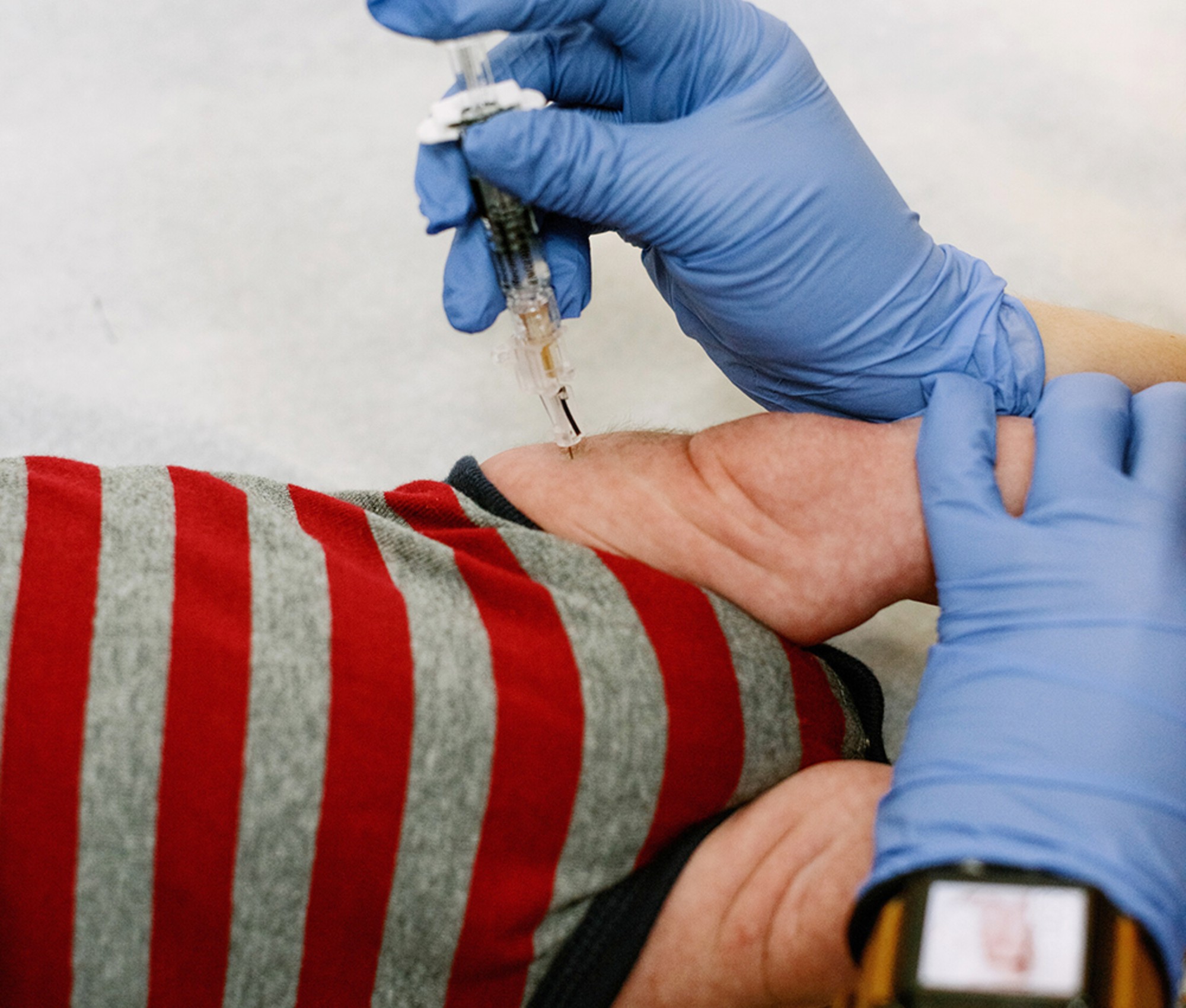We're creeping ever closer to creating cyborgs
Imagine a robot skeleton with human muscle tissue

Each week, we spotlight a cool innovation recommended by some of the industry's top tech writers. This week's pick is a hybrid between robotics and muscle tissue.
Scientists in Japan are a step closer to creating a genuine "cyborg," said George Dvorsky at Gizmodo. Researchers have worked for years on biohybrid robots, in which muscle tissue grown in a lab is attached to a robotic skeleton to help machines grasp objects and move. But over time, the engineered muscle tissue typically degrades and loses function.

Now, University of Toyko researchers have created a "flexible finger-like robotic joint" with muscles that act more like living tissue. They incorporated electrodes to induce muscle contractions, as well as a type of stem cell that can mature into muscle cells, and then used two muscles in antagonistic pairs, with one contracting and the other expanding, just like in the human body. "The fact that they were exerting opposing forces on each other stopped them deteriorating," said Shoji Takeuchi, one of the team leaders.
The Week
Escape your echo chamber. Get the facts behind the news, plus analysis from multiple perspectives.

Sign up for The Week's Free Newsletters
From our morning news briefing to a weekly Good News Newsletter, get the best of The Week delivered directly to your inbox.
From our morning news briefing to a weekly Good News Newsletter, get the best of The Week delivered directly to your inbox.
A free daily email with the biggest news stories of the day – and the best features from TheWeek.com
-
 Pipe bombs: The end of a conspiracy theory?
Pipe bombs: The end of a conspiracy theory?Feature Despite Bongino and Bondi’s attempt at truth-telling, the MAGAverse is still convinced the Deep State is responsible
-
 The robot revolution
The robot revolutionFeature Advances in tech and AI are producing android machine workers. What will that mean for humans?
-
 Health: Will Kennedy dismantle U.S. immunization policy?
Health: Will Kennedy dismantle U.S. immunization policy?Feature ‘America’s vaccine playbook is being rewritten by people who don’t believe in them’